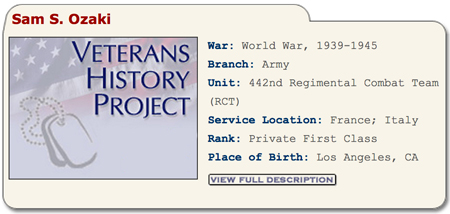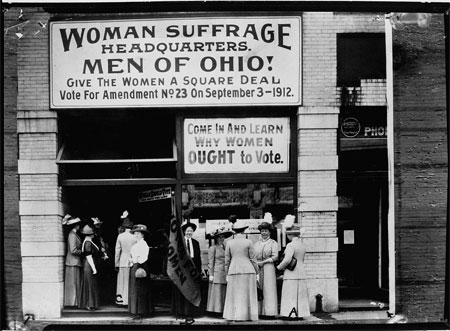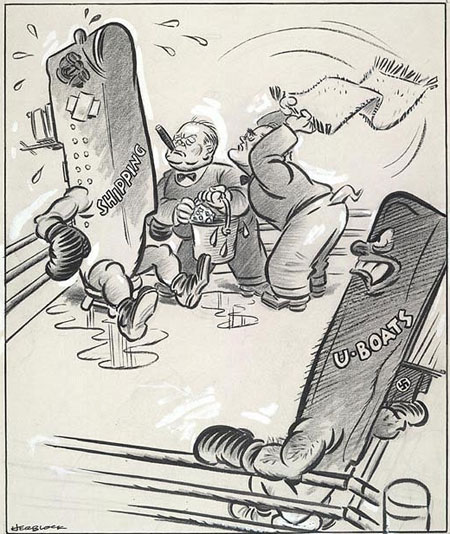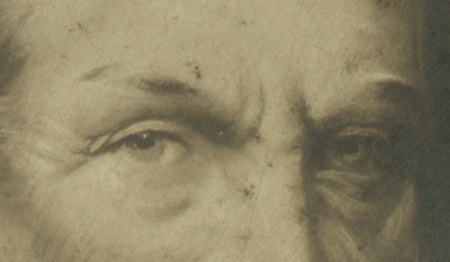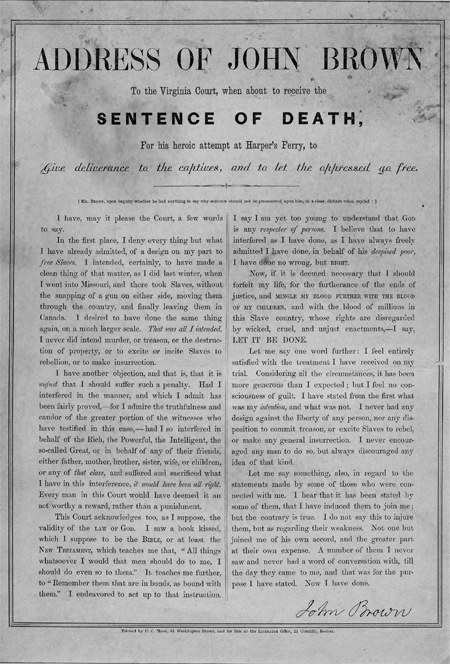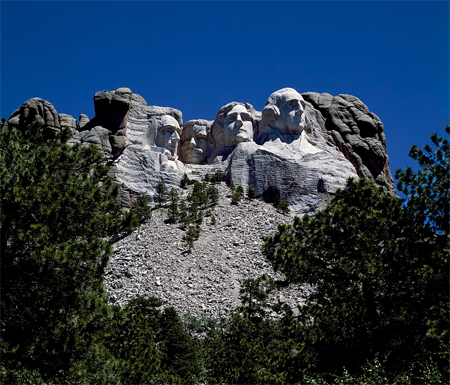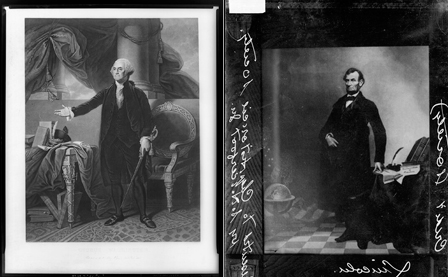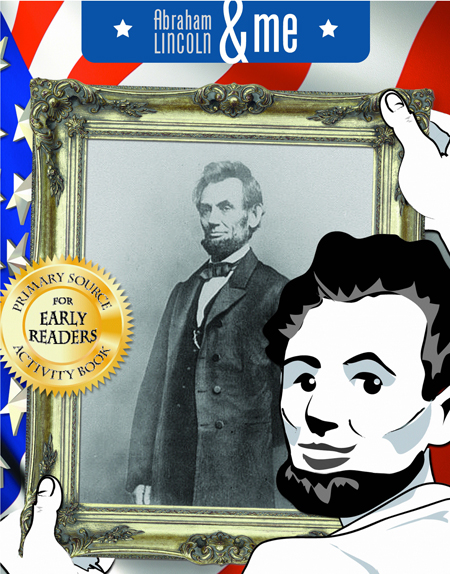Analyzing Primary Sources: Grade 1 Writing Prompts & Activities
Primary source images are great resources for integrating language arts with social studies. The activities below were designed around the grade 1 Common Core State Standards for writing. These first-grade writing prompts and activity ideas build on the kindergarten writing prompts and activities. Text Types and Purposes Grade 1 Writing Standards Writing Prompts / Activity…

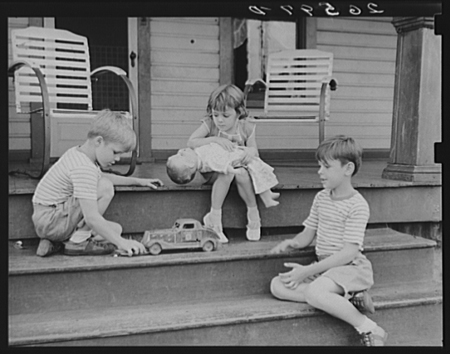
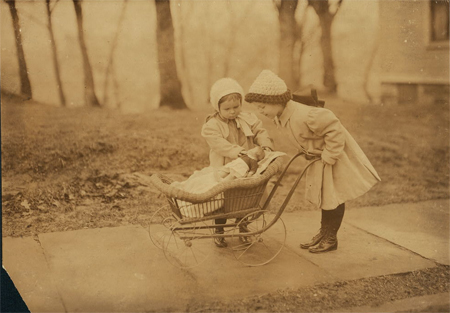
![Civil rights march on Wash[ington], D.C.](https://primarysourcenexus.org/wp-content/uploads/2013/08/bloomswritingprompts.jpg)
